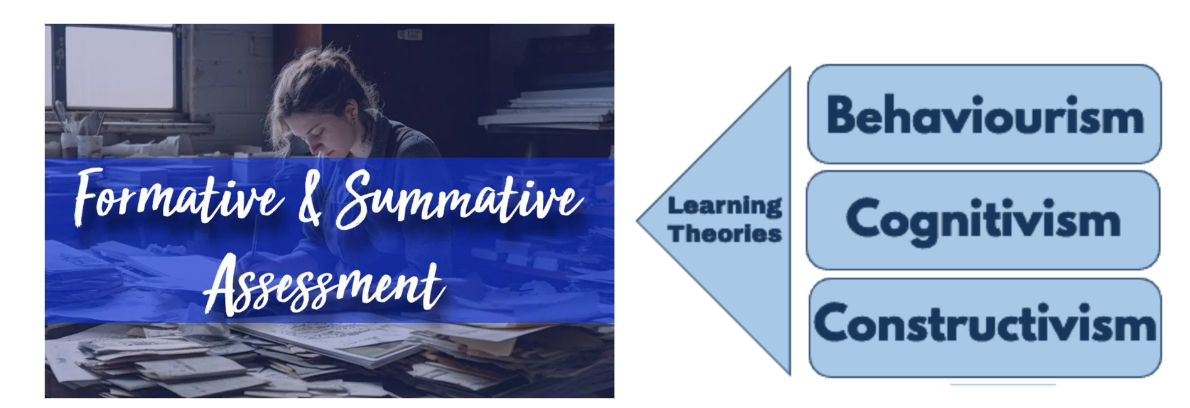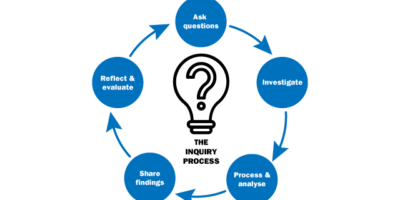Based on my current knowledge of the EDCI 335 course content and syllabus, I believe the Formative Assessment strategy is used in this course, and the Summative Assessment strategy is not. Specifically, Prof. Mary provides us with the Mattermost platform in this class by using different channels for us to introduce ourselves and get to know each other, ask questions about unclear areas, such as the formatting of assignments/blogs or word count requirements, etc., and discuss the course content. Then, Prof. Mary and TA Katie are available to monitor these discussions, provide insights and clarification, and answer further questions to deepen our understanding. In this course, we utilize the WordPress website to create blog posts and receive feedback from our peers in Learning Pods. This process helps us continually refine and improve our blogs and discuss our learning experiences and ideas. In addition, the course is divided into four assignments to determine the final grade, unlike the Summative Assessment strategy, where the final exam or final assessment is worth a large portion of the grade to determine how well we did in the course. EDCI 335 course supports us in receiving feedback from the professor during and after the assignment development process, and constructive feedback can help us improve our learning experiences and ideas. Then, we had the opportunity to use them for future performance. Overall, the elements mentioned above of the EDCI 335 course fall under Formative Assessment, which means that its primary purpose is to focus more on the entire learning process by observing our learning and providing continuous feedback for us to improve learning (Conrad & Openo, 2018)
These relate to cognitivist and constructivist theories of learning. Cognitivism views learning as an internal process of organizing and storing information. Learning involves making sense of information through cognitive processes such as attention, memory and reasoning (Ertmer & Newby, 2013). As mentioned above, this approach aligns with the Formative Assessment used in the course, which is designed to allow us to learn, develop understanding, and apply knowledge in class. We reflect on and analyze information through technology platforms such as Mattermost, Brightspace, and WordPress, possessing critical thinking, understanding and storing the knowledge, and combining the information with our pre-existing understanding. In addition, constructivism is viewed as a dynamic process of constructing and reconstructing experiences rather than storing fixed pieces of information, with the key factors influencing this being personal experience and social interaction (Ertmer & Newby, 2013). This learning theory also aligns with the concept of Formative Assessment, which creates interactive learning environments through ongoing feedback from instructors and peers on our assignments and blogs, helps us actively understand multiple perspectives and makes adjustments through feedback to gain insight into the learning process.
Since my major is Health Information Science, most courses I took were HINF-required. The most significant difference is that the learning theories in these courses include behaviourism. For example, when I saw some medical terms such as “Personal health record (PHR), Electronic medical record (EMR), and Electronic health record (EHR)” in the description of the assignments, I would form a natural reflex as quickly find the relevant chapters in the books to support facts and help me with the completion of assignments.
References:
Conrad, D., & Openo, J. (2018). Assessment Strategies for Online Learning: Engagement and Authenticity. https://doi.org/10.15215/aupress/9781771992329.01
Ertmer, P. A., & Newby, T. J. (2013). Behaviorism, Cognitivism, Constructivism: Comparing Critical Features from an Instructional Design Perspective. Performance Improvement Quarterly, 26(2), 43–71. https://doi.org/10.1002/piq.21143
Comment on Kate Chan’s Blog Post:
Hi Kate, Thank you for sharing your blog.
In your blog, you have fully reflected on the difference between formative assessment and summative assessment and used some practical examples, such as “blog posts, group projects” are types of formative assessment, and also mentioned the reasons why this lesson is not a summative assessment, such as the lack of a “high-stakes final exam” to judge students’ performance. In addition, you have combined formative assessment with the three learning theories we learned in Week 1 to make your content more precise and more prosperous for the reader.
As a student, I believe that Behaviorism, cognitivism, and constructivism are all essential learning theories that can contribute to an efficient learning process and improve our learning ability, and that different courses have their appropriate learning theories. Besides, when using these strategies, I think it is important to consider the learner’s level of knowledge, the audience’s way of thinking and processing, and the desired outcomes of the course, which can also help in choosing the most appropriate learning theories.




katechan
Thanks for sharing, xinyi! Given that I’m also a student in the HINF program, it’s not hard to realize that there are actually a large number of terminology specialized in the healthcare system, as mentioned in the article, such as PHR, EHR, and EMR, etc. Therefore, for professors, exams are a more accurate indicator of a student’s understanding of healthcare system concepts. Personally, I prefer formative assessment because it facilitates students’ critical thinking and interaction with peers and lecturers. This also reminds me of our previous case study in HINF 420 exploring ethics-related issues. In the class, everyone joined in the discussion for the participation grade which resulted in an interactive environment. Participation grades did not measure whether a student’s response was good or poor, instead they acted as a motivator.